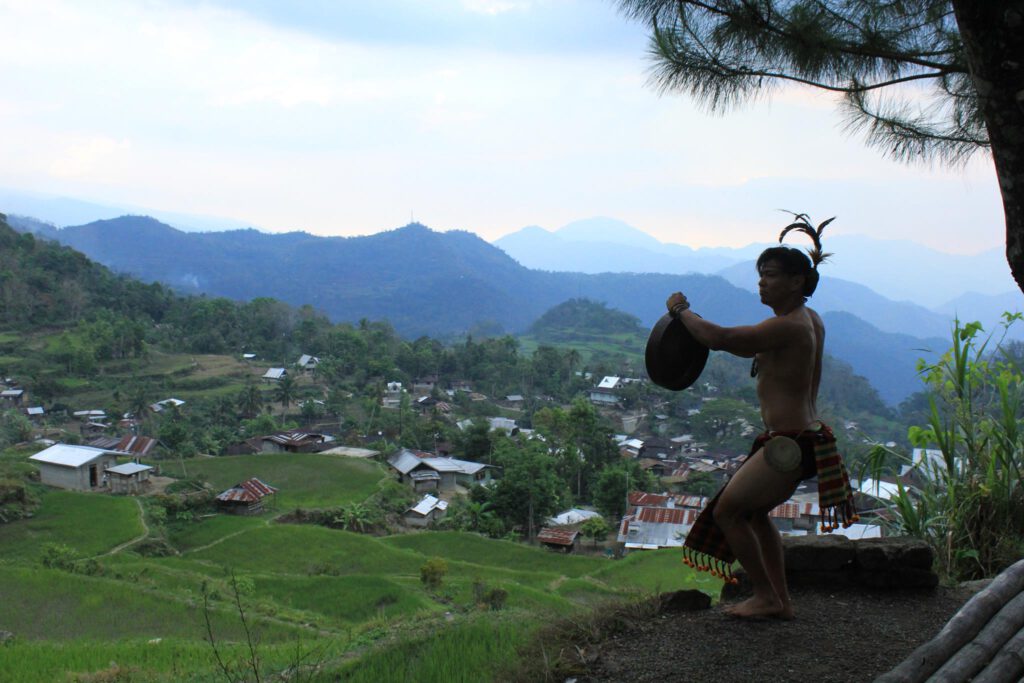Kalinga
Kalinga is a province located in the northern region of the Philippines. This rugged terrain is known for its pristine beauty and rich cultural heritage that has been passed down from generation to generation. The province is home to the Kalinga people, an indigenous tribe known for their bravery, artistry, and unique way of life. In this article, we will explore the fascinating culture and traditions of the Kalinga, from their intricate tattooing practices to their traditional clothings, traditional music, traditional dance and traditional weaving. Join us on a journey through the land of Kalinga, and discover the beauty and richness of this hidden gem in the Philippines.
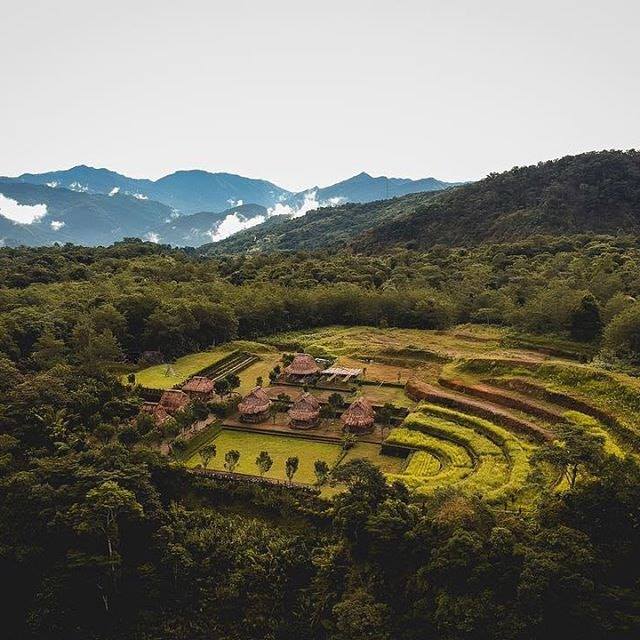
BRIEF HISTORY
The Kalinga people have a long and fascinating history. They are believed to have migrated to the Cordillera region of the Philippines more than 2,000 years ago. They have managed to preserve their way of life despite the influx of modernization and colonialism in the country. One of the unique features of the Kalinga culture is their practice of headhunting, which was once a common tradition in the region. But that was a long time ago village elders are now successful without headhunting. But that was a long time ago and village elders are now successful without headhunting.
KALINGA TRADITION AND CULTURE
Kalinga culture is known for its intricate body art, traditional clothing, and music. The people of Kalinga are famous for their intricate tattoos, which are considered a sign of bravery and status. These tattoos are often found on the arms, legs, chest, and face, and are believed to have magical powers that protect the wearer.
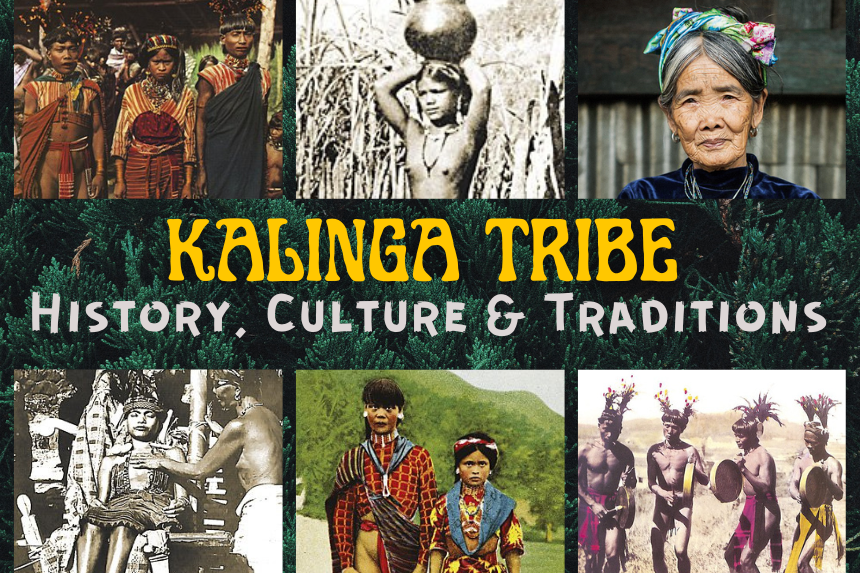
The Kalinga province of the Philippines is known for its rich and diverse culture, which includes traditional clothing that is unique and colorful. The traditional clothing of the Kalinga people reflects their history, beliefs, and way of life. Here is a brief overview of the traditional clothing of Kalinga:
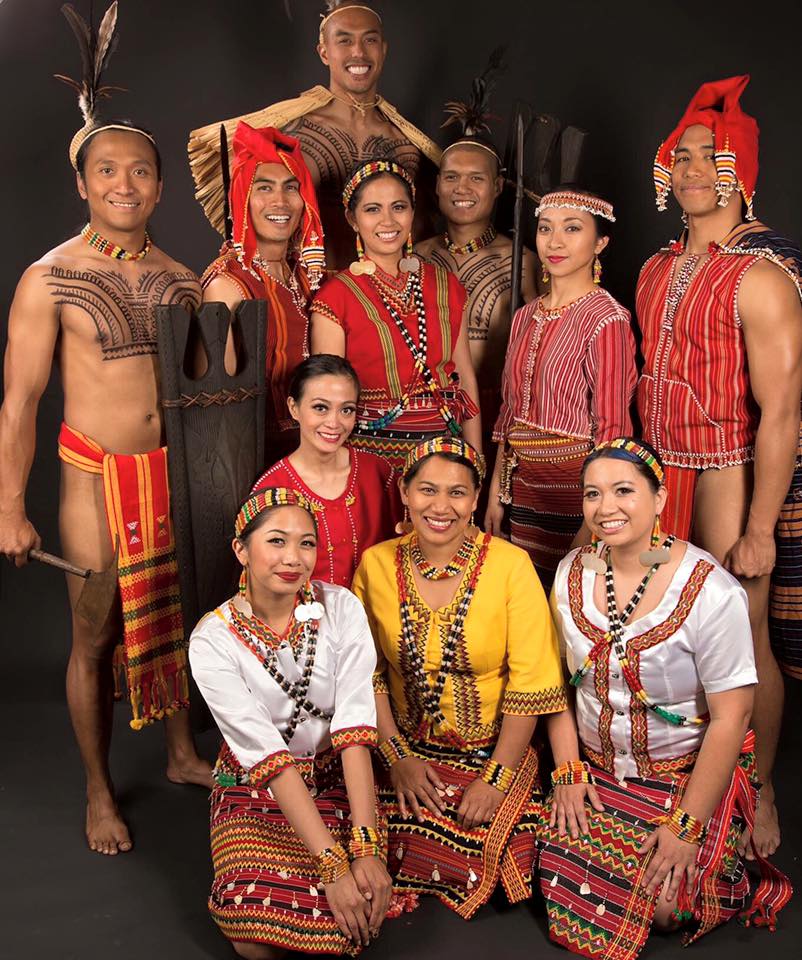
Kalinga Traditional Clothing of Men
The traditional clothing of Kalinga men includes a bahag, a loincloth made from woven fabric or animal hide, and a turban or headscarf. They also wear a sleeveless vest or jacket, often embroidered with intricate patterns and designs. The vest is called wanes or bandi, and is worn over a plain white undershirt. The wanes are often made from handwoven cotton or abel cloth, a locally produced fabric.
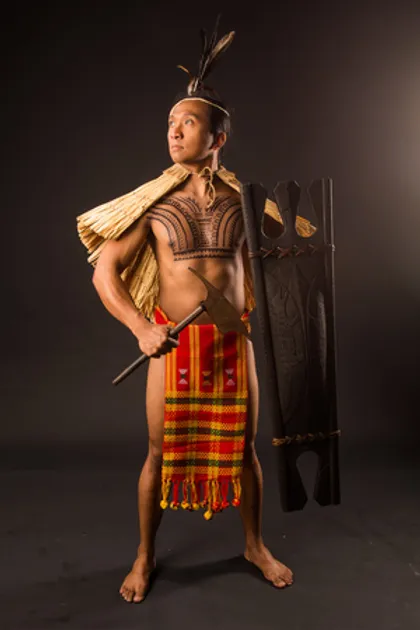
Kalinga Traditional Clothing of Women
The traditional clothing of Kalinga women is characterized by its bright colors and intricate designs. Women wear a long-sleeved blouse called a bado, which is often embroidered with intricate designs and patterns. The blouse is worn over a skirt called a tapis, which is also brightly colored and adorned with embroidery or beadwork. Women also wear a headscarf called a sanggot, which is often decorated with beads or tassels.
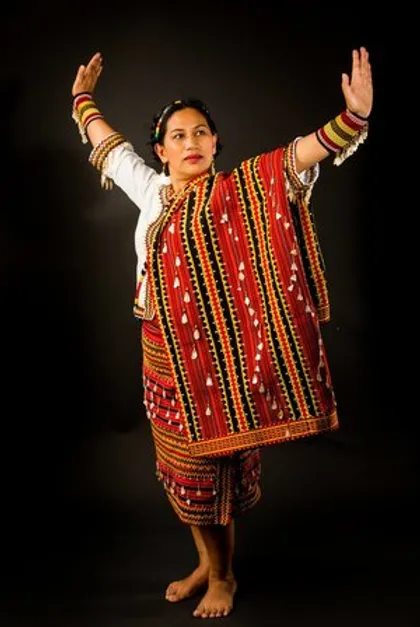
Kalinga Traditional Accessories
Accessories are an important part of traditional Kalinga clothing. Both men and women wear jewelry, including bracelets, necklaces, and earrings made from beads, shells, and silver. Men also wear a belt made from animal hide or woven fabric, while women wear a woven belt called a hakut. Both men and women also wear woven bags or pouches, which are often decorated with beads or embroidery.
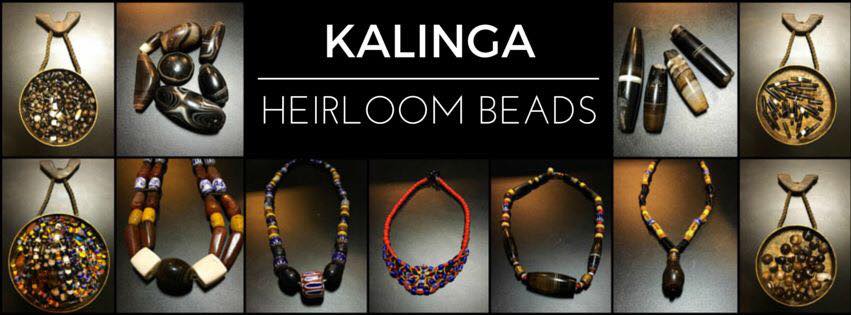
Significance and Importance
The traditional clothing of the Kalinga people is not just a matter of fashion but is deeply rooted in their history, beliefs, and way of life. Each piece of clothing is carefully crafted and adorned with intricate patterns and designs that reflect their cultural heritage. The clothing is often worn during special occasions such as weddings, funerals, and festivals, and serves as a symbol of the community’s unity and cultural identity.
The traditional clothing of Kalinga is a vibrant and important aspect of their culture. It reflects their history, beliefs, and way of life, and serves as a reminder of their rich cultural heritage. The colorful fabrics, intricate embroidery, and unique designs make Kalinga clothing a work of art and a source of pride for the Kalinga people.
KALINGA TRADITIONAL TATTOO
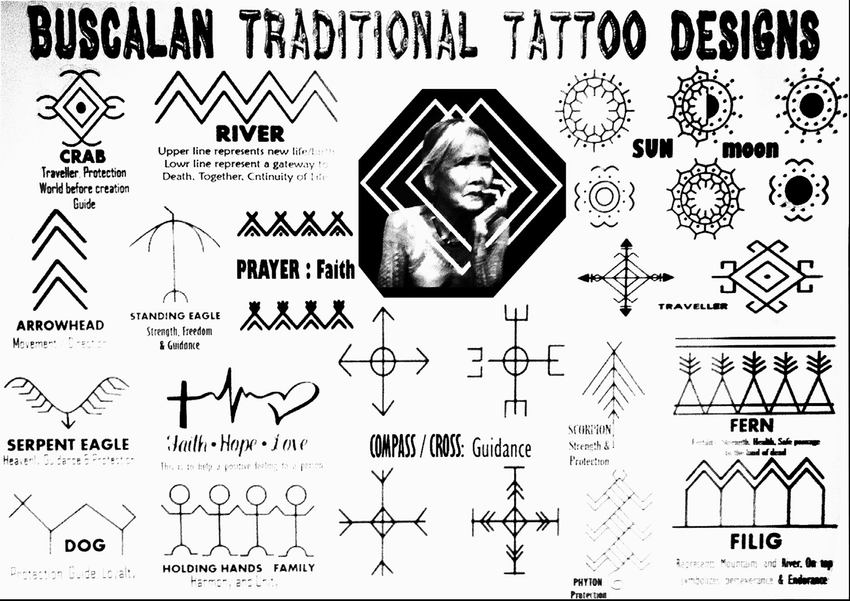
The tattoo is another important aspect of Kalinga culture, particularly among women. The traditional tattoo, known as “batok”, is done using a thorn and a bamboo stick. The designs are intricate and unique to each individual and are seen as a symbol of beauty, courage, and strength.
The Living National Treasure of Kalinga: Apo Whang-od
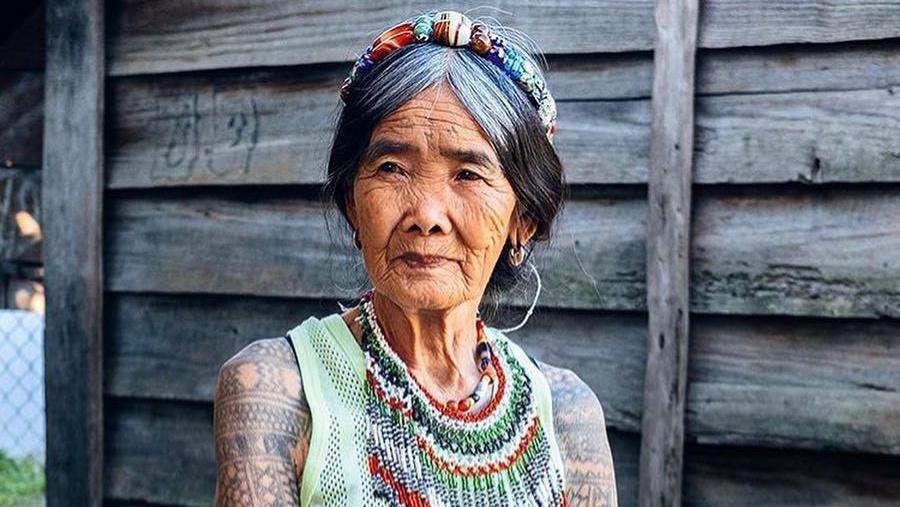
Apo Whand-Od
Apo Whang-Od is a legendary tattoo artist from the Kalinga province of the Philippines. She is known for her traditional tattooing skills and has gained worldwide recognition for her artistry and contribution to the preservation of Kalinga culture. Here is a brief history of Apo Whang-Od and her legacy:
Apo Whang-Od was born in 1917 in Buscalan, a remote village in the Kalinga province. She grew up in a traditional Kalinga household and was taught the art of traditional tattooing at a young age. She learned the ancient techniques from her grandfather and mentor, the legendary tattoo artist, Fang-Od.
The traditional tattooing process, also known as “batok,” involves using a thorn from a pomelo tree and a bamboo stick to create intricate designs on the skin. The process is painful and can take several days to complete, but the results are stunning and unique to each individual.
Apo Whang-Od’s contribution to Kalinga culture has been significant. She has helped to preserve the traditional tattooing techniques that have been passed down through generations and has inspired a new generation of artists to carry on the tradition.
Recognition and Fame Apo Whang-Od gained international recognition in the early 2000s when her artistry was featured in documentaries and articles about traditional tattooing. She has been invited to tattoo celebrities and visitors from all over the world, and her fame has brought tourism and economic opportunities to her village.
Apo Whang-Od’s legacy goes beyond her artistry. She has inspired a renewed interest in Kalinga culture and has helped to preserve the unique customs and traditions of her people. Her work has also contributed to the development of the local economy and has helped to bring attention to the Kalinga province.
Apo Whang-Od is a true icon of Kalinga culture and a testament to the resilience and ingenuity of her people. Her artistry and legacy continue to inspire and fascinate people from all over the world, and she remains an important figure in the history of traditional tattooing and the preservation of indigenous culture.
KALINGA TRADITIONAL DANCE AND MUSIC
The Kalinga province of the Philippines is known for its rich and diverse cultural heritage, including traditional music that is both unique and captivating. Kalinga music is a reflection of their history, beliefs, and way of life. Here is a brief overview of the traditional music of Kalinga:
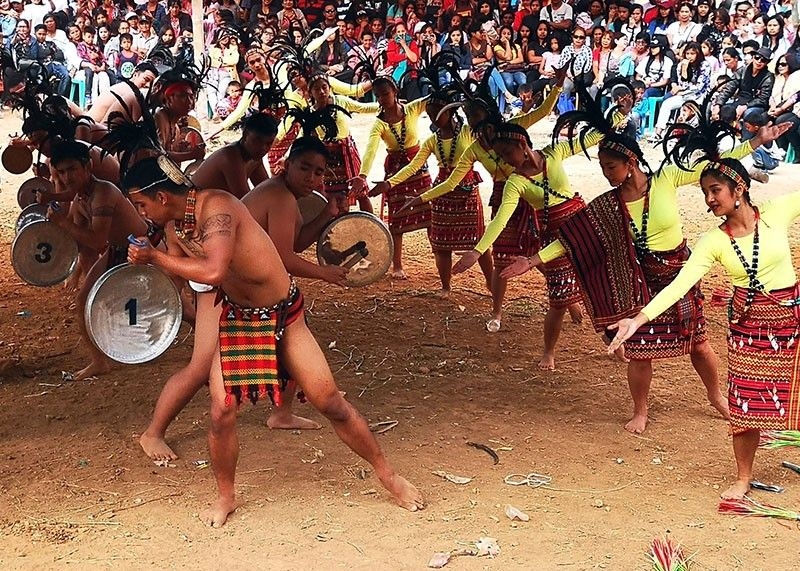
KALINGA TRADITIONAL MUSIC
The traditional music of Kalinga is primarily characterized by the use of indigenous instruments. These include the gong, a percussion instrument made of bronze or brass, and the gangsa, a set of small gongs that are played together to produce a rhythmic pattern. The kulintang, another percussion instrument, is also used in Kalinga music. Other instruments include the nose flute, a wooden instrument that is played by blowing air through the nostrils, and the bamboo flute, which is made from a bamboo reed and is played by blowing air through a hole.
The traditional music of Kalinga is characterized by its unique rhythm and melody. The rhythm is often created by the use of multiple gongs played together in a synchronized pattern, while the melody is created by the use of different notes played on the gongs. The melodies are often based on traditional folk tunes that have been passed down through generations and are often accompanied by traditional Kalinga dances.
The traditional music of Kalinga is an important part of their cultural heritage and serves as a means of preserving their history and traditions. The music is often played during special occasions such as weddings, funerals, and festivals, and serves as a symbol of the community’s unity and cultural identity. It is also an important source of entertainment and enjoyment and is enjoyed by people of all ages.
While traditional Kalinga music remains an important part of their cultural heritage, it has also been influenced by modern music and technology. Contemporary Kalinga musicians have incorporated modern instruments such as guitars and keyboards into their music, and have experimented with new styles and genres. However, they continue to draw inspiration from their traditional music and use it as a foundation for their modern creations.
The traditional music of Kalinga is a unique and important aspect of their culture. It reflects their history, beliefs, and way of life, and serves as a means of preserving their cultural heritage. The rhythmic patterns and melodies of Kalinga music are both captivating and distinctive and continue to inspire and entertain people of all ages.
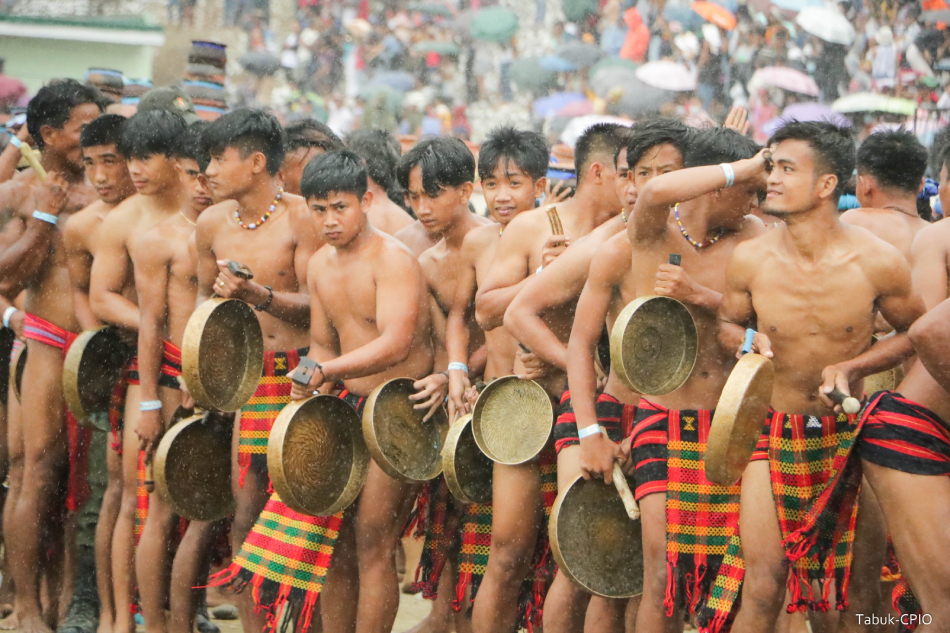
KALINGA TRADITIONAL DANCE
The Philippines is home to a diverse array of indigenous cultures, each with its own unique traditions and practices. One of the most vibrant and colorful of these is the Kalinga culture, which has a long and rich history of dance and music. Kalinga traditional dance is a celebration of the community’s culture, identity, and way of life, and it has remained a vital part of their traditions to this day.
The Kalinga traditional dance is performed during various occasions such as weddings, funerals, and other significant events in the community. The dance is a group performance, with both men and women participating, and it is usually accompanied by the sound of gongs, bamboo flutes, and other traditional instruments. The dance steps are intricate and precise, with the performers moving in unison to create a mesmerizing rhythm that reflects the beat of the music.
One of the most popular Kalinga traditional dances is the “tadek” or the “dance of the warriors.” This dance is performed by male members of the community, dressed in their traditional warrior attire, which includes shields, spears, and other weapons. The dance is a tribute to the community’s history of warfare and is intended to showcase the warriors’ strength, courage, and prowess.
Another popular Kalinga traditional dance is the “sakuting,” which is a dance performed by male and female members of the community. This dance is usually performed during Christmas and other festive occasions and is characterized by the use of sticks, which the performers strike together rhythmically. The sakuting dance is a celebration of the community’s unity and resilience, and it is meant to symbolize the community’s ability to overcome adversity.
The Kalinga traditional dance is not only a form of entertainment but also a way for the community to pass down their cultural heritage to future generations. Through dance, the community can preserve and promote its culture, values, and way of life. The dance is also an opportunity for the community to come together, celebrate their traditions, and strengthen their sense of community and identity.
The Kalinga traditional dance is a vital part of the Kalinga culture, reflecting the community’s values, beliefs, and way of life. It is a celebration of their identity and a way for them to preserve and pass down their cultural heritage to future generations. The dance is not only a form of entertainment but also a symbol of the community’s unity, resilience, and strength.
TRIVIA: DID YOU KNOW THAT KALINGA HAD SET A 2 GUINNESS WORLD OF RECORD IN ONE DAY? (3,440 male gong beaters and 4,681 female banga dancers) During the “Awong Chi Gangsa, Agtu’n Chi Banga”( A call of a thousand gongs, the dance of a thousand pots).
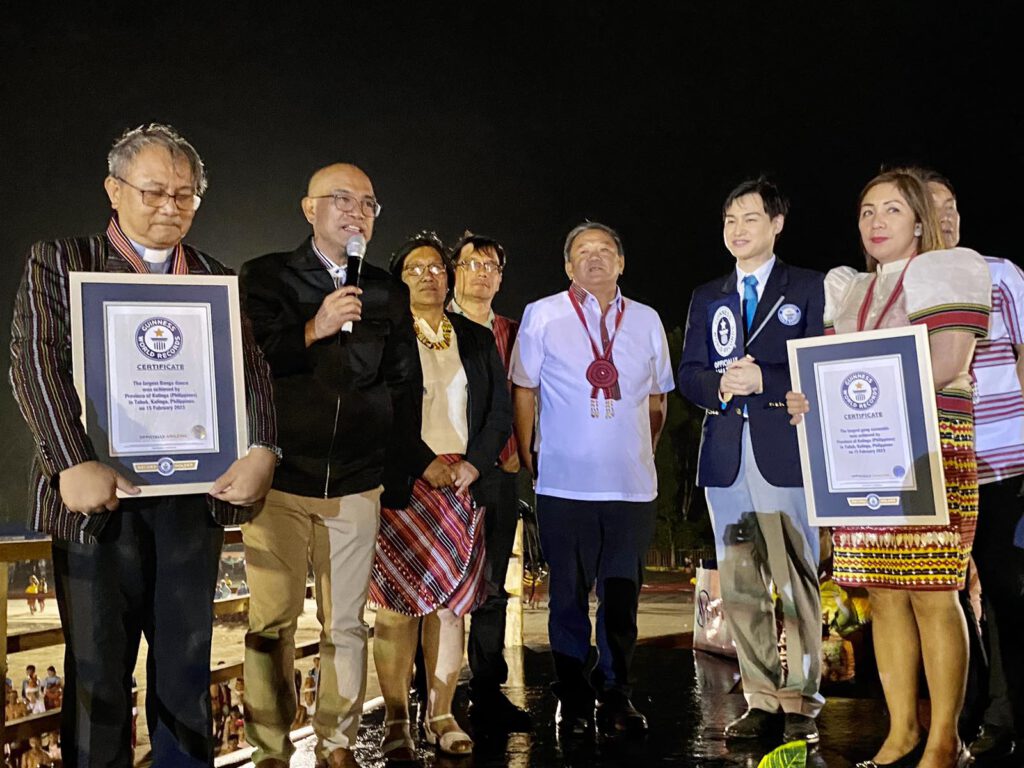
KALINGA TRADITIONAL WEAVING
Weaving has been an integral part of the cultural heritage of Kalinga, a province located in the northern region of the Philippines. The people of Kalinga are renowned for their skill and artistry in weaving, which has been passed down from generation to generation.
The weaving tradition in Kalinga can be traced back to pre-colonial times when it was a vital part of their daily life. Women were the primary weavers, and they would use various natural materials such as abaca, cotton, and rattan to create intricate designs on their textiles.
Kalinga textiles are known for their vivid colors, intricate patterns, and high-quality fabric. The traditional designs used in Kalinga weaving often depict the natural environment and cultural symbols of the Kalinga people, such as the ladder, which represents their connection to the spirit world.
The weaving process in Kalinga is done on a backstrap loom, which is a traditional weaving tool that has been used for centuries. The loom is set up using bamboo poles and is attached to the weaver’s back with a strap. The weaver then uses their hands and feet to control the tension on the threads while creating the textile.
Weaving in Kalinga is not just a means of creating textiles but also a significant part of their cultural identity. The people of Kalinga take pride in their weaving tradition and work hard to preserve it through various cultural activities and festivals.
The weaving tradition in Kalinga has also become a means of livelihood for many families in the province. Women in particular have been able to earn income through their weaving skills, which has helped improve their economic status and provided opportunities for them to continue their craft.
Weaving has played a significant role in the cultural heritage of Kalinga, Philippines. The artistry and skill of the weavers have been passed down from generation to generation, and their textiles have become a significant part of their cultural identity. Weaving in Kalinga is not only a means of creating beautiful textiles but also a way of preserving their culture and providing economic opportunities for their communities.
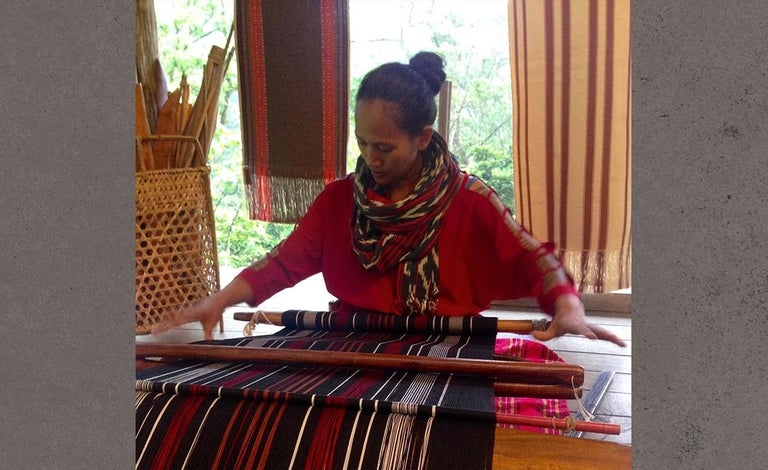
Kalinga is a destination that offers a unique blend of natural wonders, cultural heritage, and adventure. It is a place where visitors can disconnect from the hustle and bustle of city life and reconnect with nature and themselves. With its friendly locals and awe-inspiring landscape, Kalinga is a must-visit destination that should be on every traveler’s bucket list.
